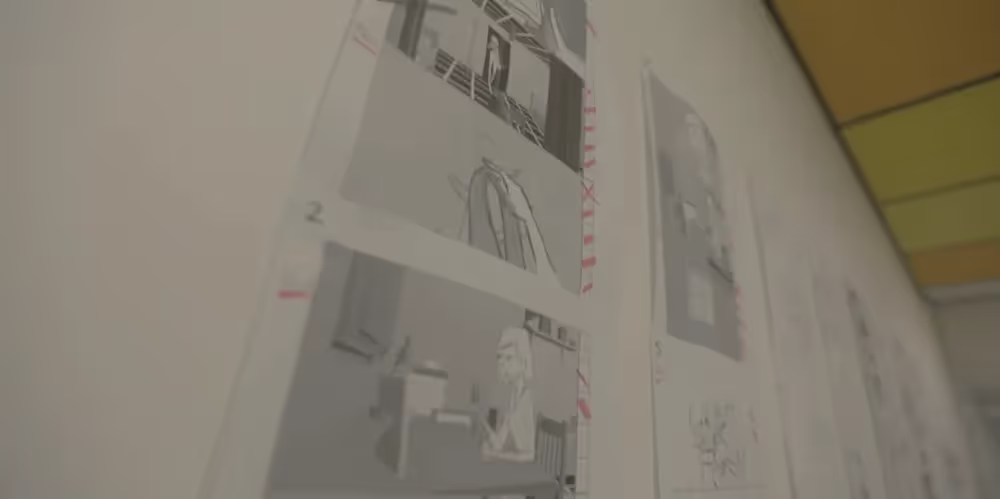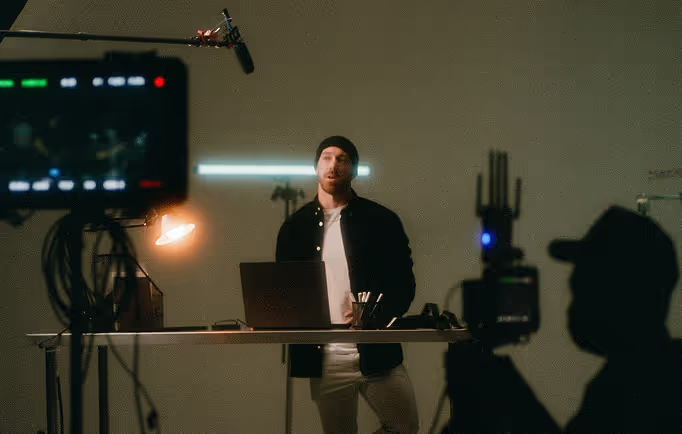Why do agencies love animation?

Think about it: how many restaurants do you know that run their own farms? How many plumbers make their own pipes, and how many writers whittle their own pencils? Business partnership benefits everyone in these situations, and it only makes sense that creative and technical fields work by the same principle. That’s why so many agencies are looking to partner with animation studios when a client is in need of an effective campaign. No need for an in-house animation crew when a production house is just a call away. But why specifically are agencies increasingly drawn toward using animation for their client’s campaigns? Let’s take a look at seven reasons for this phenomenon:
1) it’s edit-friendly
As the old saying goes: it’s a B2B client’s prerogative to change their mind (at least that’s how I’ve always said it). Some clients take advantage of this concept more than others, and for those especially indecisive folks it can be a make-or-break deal to put a hard limit on the amount of changes that can be made to a project during the production phase.
This is where animation can offer a neat compromise. While changing an element in a live-action video would essentially require reshooting the entire scene (rehiring the actors and locations, setting up equipment, paying crew wages, re-editing, etc), changing an element in an digitally animated video can be much faster and more cost-effective. Changing a character’s hair colour, or the timing of a graphic transition, for example, is still an annoyance but a comparative breeze to spending a day reshooting. In terms of post-production changes, animation saves the client money and the studio and agency time.
2) it makes for great pitch material
Explainer animations are, by their very nature, a useful tool in explaining new concepts to an audience. They condense content into easily memorable stories and they have simple but eye-catching visuals, ideal for pitching campaigns to clients.
Why is this so? For one, visuals are statistically proven to be more memorable than text. Animation also allows for seamless integration of symbols, graphs and motion diagrams which can help describe a large concept in easy-to-grasp terms. The value of a synchronised campaign, for example, becomes easier to understand by seeing a graphic illustrating the relationship of each campaign strand, rather than textually explaining each strand in a linear way.
3) it allows for consistent branding
Animation is the magical medium where nothing happens unless you make it happen. You can’t film actors improvising live, and you can’t set down a camera in a busy street and film what happens. Everything you need on screen must be crafted and set in place.
While this can appear rather labour-intensive, it also carries advantages for consistent branding. Colour schemes can be precisely chosen to match the brand logo or to set a ‘theme’ in place. A linked video series (like a series of training videos on related topics) can integrate the exact same logo in the same way each time to promote a stable company image. And characters can crafted and transformed in any way you can possibly imagine, from perfectly representing your ideal demographic, to avoiding alienating any demographic by using animal or object-based characters.
4) it’s versatile
A great strength of the animation medium is its technical versatility. The same animated assets can be used in multiple ways: it goes beyond straight-up videos and into animated logos, banner ads and website icons, all precisely integrating the brand image by re-imagining the animated assets in a way that is optimal for each format.
This is particularly ideal for an agency developing synchronised campaigns, or for handling a fast-changing brand who need a fluid campaign response, because a fully digital medium (like 3D or 2D digital animation) is naturally more receptive to technological changes than a partially- or non-digital one.
5) it gives creative freedom for the client
“Okay,” says Client McBusinessface, “so for our campaign we want several trained zebras robbing a bank with monkeys on their backs. A little girl juggles a chainsaw and two grand pianos in the foreground (fitting with our brand image, of course) and meanwhile a helicopter should crash through the ceiling before fading to the brand logo.”
The cost of shooting this with live action: We’re still waiting to hear back from little-girl-chainsaw-juggler with quotes, but it’s up in the millions.
The look on your clients face when you tell them this is no problem at all with animation: Priceless.
6) it’s easy to craft your ideal character
Along with having more control over brand consistency, animation allows for precise character design. Whether you want a character who embodies a client’s ideal audience, an animal mascot, or another kind of non-human character, basically anything is possible with animation.
On top of this, an animated design allows for a totally unique character creation for the brand. While real actors can and will be reused across multiple brand advertisements, an original animated character can be restricted to one brand, one campaign, or one particular video.
7) it ages well
Like a fine wine or a timeless simile about fine wines, particular forms of animation have the gift of aging gracefully amongst the rest of the media landscape. While actors age, clothing styles get dated, and references become stale, animation is far enough removed from reality to stay fresh years or even decades after being made.
This is especially true for traditional forms of animation, but admittedly less so for technology-dependent ones like 3D computer graphics. It’s hard to deny The Lion King (mixed 2D) and Wallace and Gromit (stop-motion) look like they could’ve been made this year, despite both being well over 20 years old.
This evergreen medium means agencies then have the freedom to offer clients prolonged campaigns using the same video material, opening up new options for clients with lower budgets or clients who want to go all-out on a long lasting marketing campaign.
Start a






